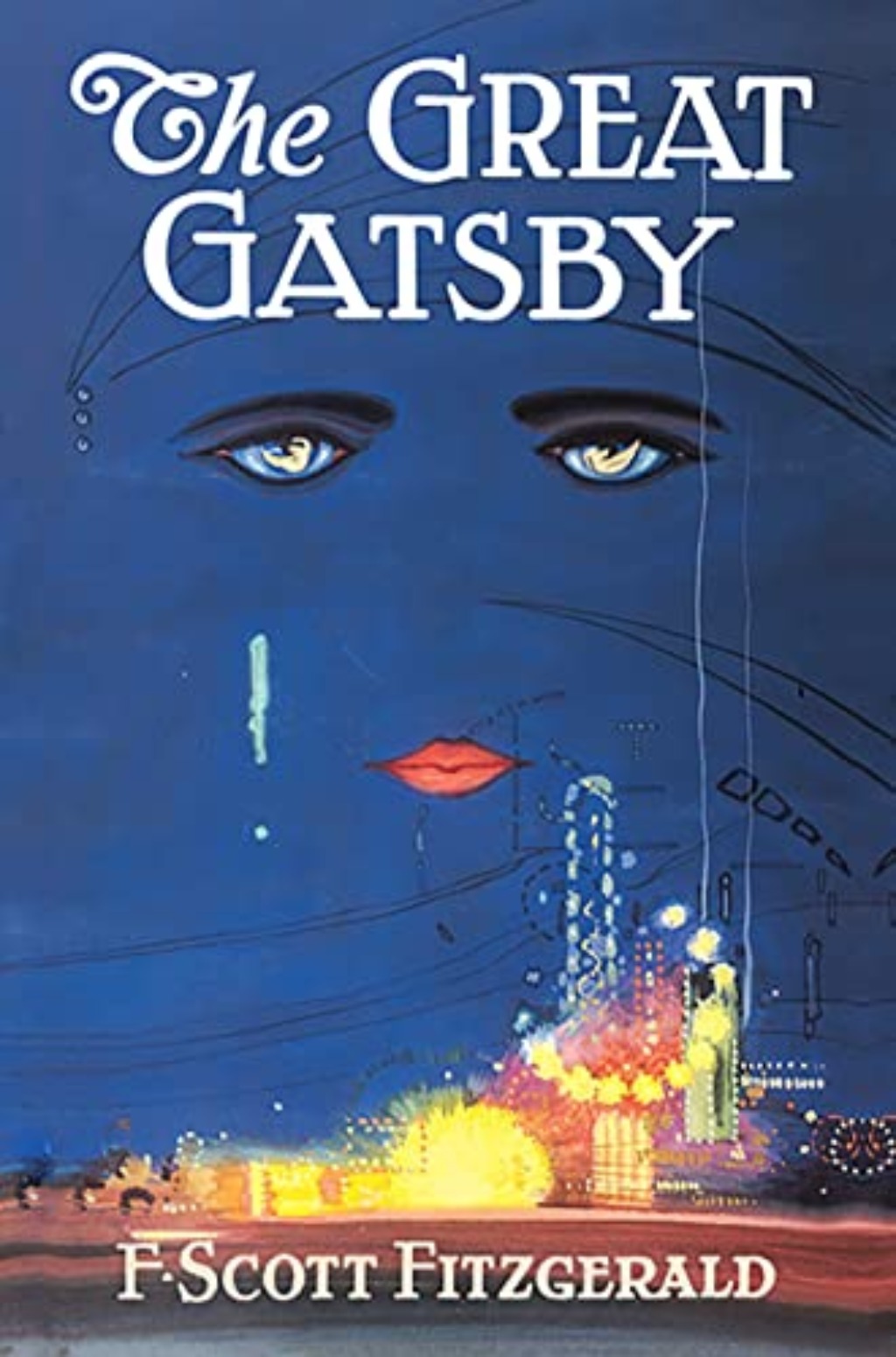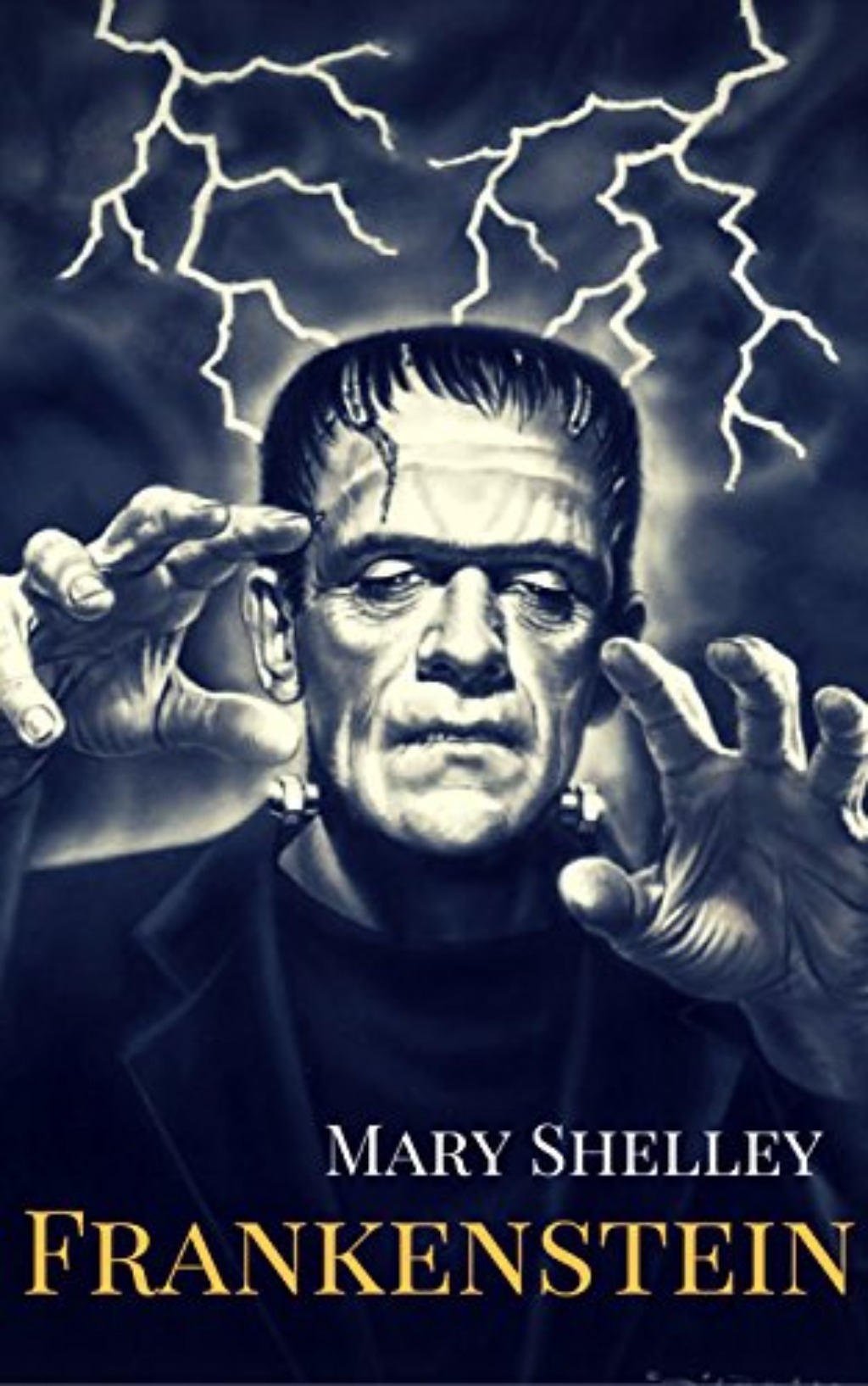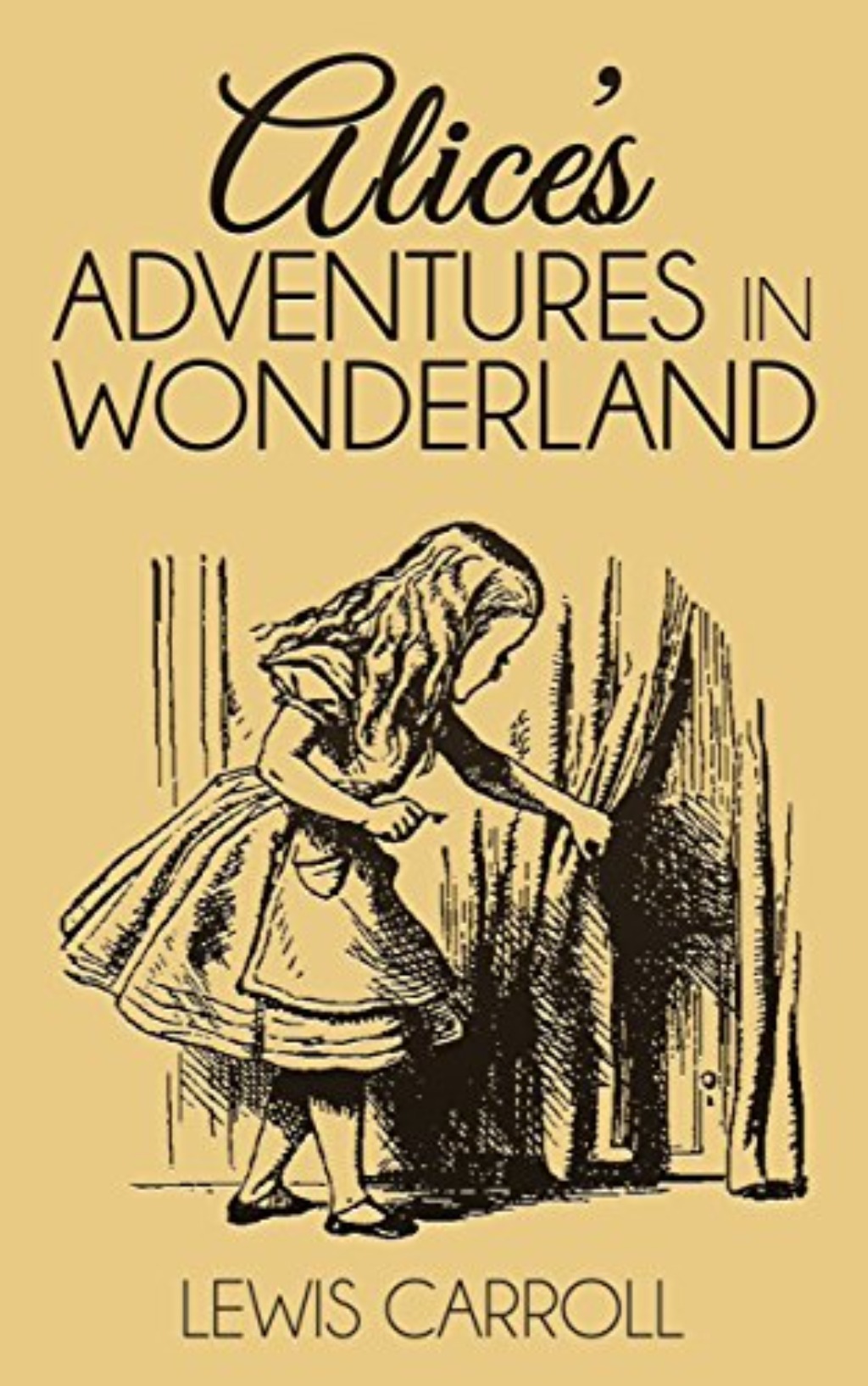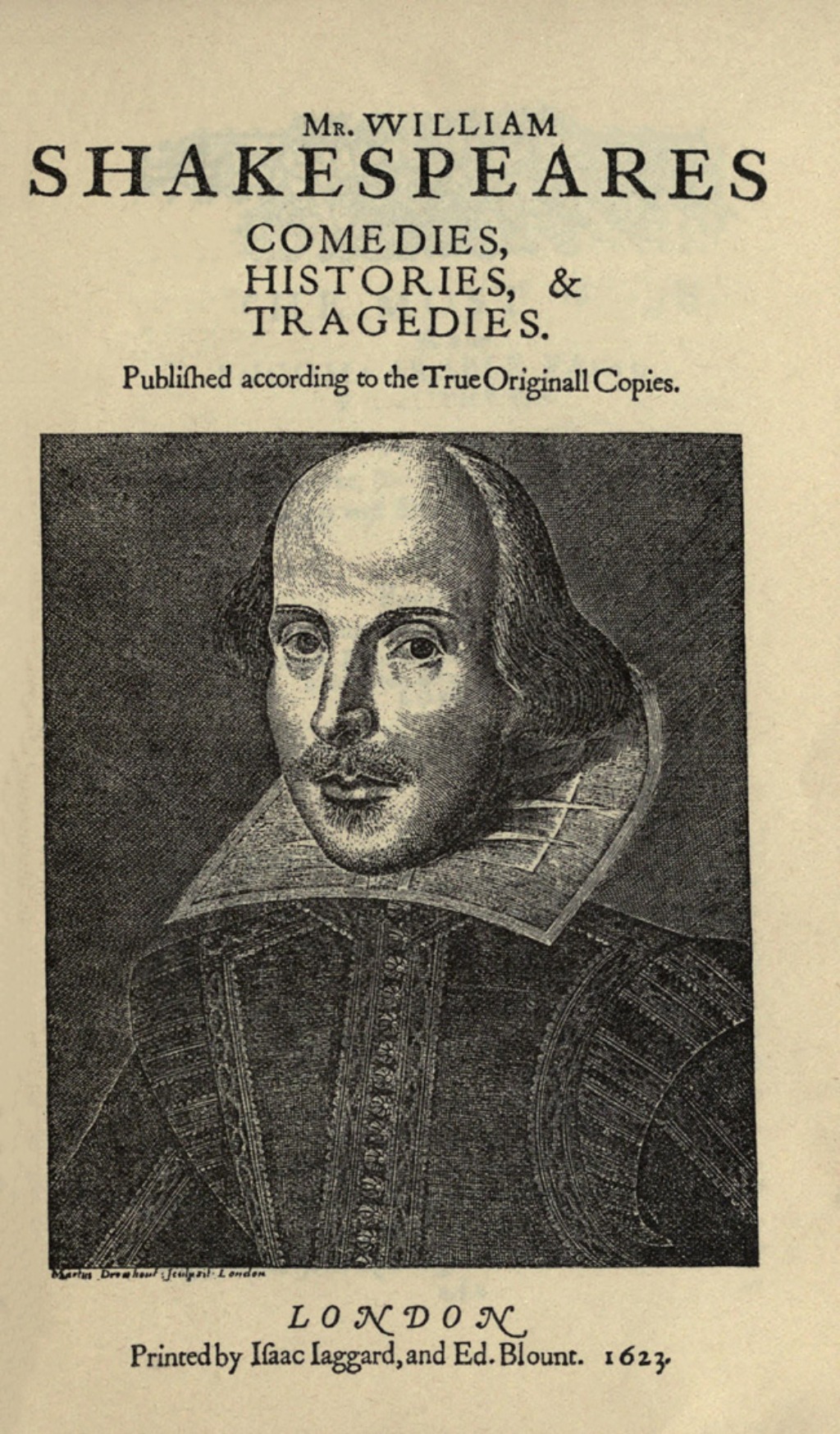
When it comes to forms of entertainment, as much as I adore TV and movies, reading will always be my greatest love. While TV shows and films supply you with the look of the characters and atmosphere, with reading your imagination is unleashed to conjure up your image of these things for yourself. You get the chance to peer into the characters’ minds and understand what makes them tick.
But while reading is wonderful, it can also get very expensive. Even if you hunt down used books or opt for the cheaper option of ebooks, the necessary funds still add up. Luckily, there are now plenty of ways to read books 100% for free online. One of the best resources out there is Project Gutenberg. It has thousands of books available in multiple formats.
Most of the books on Project Gutenberg are in the public domain, which means they tend to be older books. You may be worried that these are the old, boring classics you had to read in school—and it’s true that many of these books find their way onto high school and college reading lists. But while classics may not have the greatest reputation with some, many are jam-packed with excitement, intrigue, and compelling characters.
Here are seven of the best classics you can read for free on Project Gutenberg.

1) The Great Gatsby by F. Scott Fitzgerald
After moving to West Egg, an area in Long Island that is home to the newly rich, recent Yale graduate Nick Carraway befriends his mysterious next-door neighbor, Jay Gatsby. Gatsby throws raucous parties that attract rich and famous guests, with everyone whispering rumors about their eccentric host. It turns out that Nick’s cousin Daisy Buchanan is Gatsby’s former lover, and Gatsby is obsessed with reuniting with her.
This is not the first time The Great Gatsby has come up on the blog. It was also included in my posts about books with beautiful prose and character-driven novels. In addition to lyrical language and vibrant characters, this book also paints a marvelous, exciting picture of what the Jazz Age was like. Fitzgerald’s vivid writing brings you right into every scene and makes you feel like you are a guest at one of Gatsby’s lavish parties.
I first read The Great Gatsby in just one evening—I had put off reading it for school until the night before a test—and the book just whizzed by. I’ve reread it a dozen times at least and will likely read it again in the near future.

2) Pride and Prejudice by Jane Austen
This novel follows protagonist Elizabeth Bennet as she navigates issues of manners, upbringing, morality, and marriage in eighteenth-century England. When she first meets Fitzwilliam Darcy at a party, she writes him off as an obnoxious and arrogant man. But as she and Darcy get to know one another better, Elizabeth learns that first impressions are not always correct.
This was another novel included in my list of character-driven books. In a time when women were meant to look pretty and be good wives to their husbands and nothing more, Elizabeth Bennet burst onto the scene as a bright and clever heroine who could more than hold her own in a battle of wits. Brooding Mr. Darcy is another fantastic character and you will spend the novel rooting for these two to work things out and admit that they love each other already.
I went through a Jane Austen phase in high school and read this book, Sense and Sensibility, and Emma in quick succession. I was also assigned to read Persuasion in college. I would recommend them all, but Pride and Prejudice is a good place to start since its compelling romance will keep you quickly turning the pages.

3) Great Expectations by Charles Dickens
This novel follows the life of an orphan named Pip, starting when he is seven years old and encounters an escaped convict in the cemetery where his family is buried. He lives with his abusive older sister, her husband, and a blacksmith Pip works for as an apprentice. A wealthy spinster, Miss Havisham, encourages a friendship between Pip and Estella, her adopted daughter. When Pip receives a large sum of money from an anonymous benefactor who he assumes is Miss Havisham, he leaves home to become a gentleman and worthy of Estella’s love. When he learns that Miss Havisham is not his benefactor, it sets off a chain of events with tragic consequences.
This is a fantastic coming-of-age novel that shows how Pip grows and changes over the course of the story. It is full of fascinating characters—Miss Havisham frozen on her failed wedding day many years before is particularly intriguing. Ultimately Great Expectations shows that friendship and love are more important than aspiring to wealth and a higher social class.
I first read this book in one of my post-secondary classes—a class I took at the local community college while still in high school. I adored it and was excited when I got assigned to read it again in my freshman year of college. I probably remembered the book well enough to skip a second reading, but I happily dove into Pip’s adventures once again.

4) Frankenstein by Mary Shelley
Scientist Victor Frankenstein discovers how to use unorthodox means to create life and works to create a being that resembles a man only larger and more powerful. Frankenstein’s experiment doesn’t go as planned and his botched creature turns out to be a monster who sets out to destroy his maker.
In 1816, Frankenstein grew out of a ghost story writing challenge between Mary and Percy Shelley, John Polidori, Claire Clairmont, and Lord Byron. The group was sitting around a campfire when Byron put forth the challenge. Mary Shelley was only eighteen years old at the time but was still able to pen one of the most impressive debut novels of all time, as well as create a fantastic villain in Dr. Frankenstein.
This was another classic I first read for school—this one for my freshman Cultural Foundations class in college. I fell in love with the writing and character development, and how the novel turned expectations on their head by making the monster the sympathetic victim and his creator the bad guy.

5) Little Women by Louisa May Alcott
This novel tells the story of four March sisters—sensible Meg, strident Jo, sweet Beth, and precocious Amy—who come of age in mid-nineteenth century Massachusetts in the middle of the Civil War. With their father away at war, the girls must endure poverty and hardship and learn how to overcome their greatest flaws. They also must figure out what they want most out of life and how to attain it.
Little Women was an instant success and has remained a popular story since its publication in 1868. This coming-of-age novel has been adapted to film countless times—my personal favorite being the 1994 version with Winona Ryder and Christian Bale (with the 2019 adaptation as a close second). It’s a story that can be enjoyed by young and old readers alike and makes you want to spend time with your family singing Christmas carols around a piano.
I first read this novel at age nine. While I loved all four girls, I identified most with Jo and Beth—Jo for her love of writing, and Beth for her shyness. These four sisters felt like friends who I was happy to follow into adulthood and watch them achieve the dreams they had as children while also figuring out new aspirations along the way.

6) Alice’s Adventures in Wonderland by Lewis Carroll
A young girl named Alice follows a white rabbit and falls through a rabbit hole into a whimsical fantasy world full of strange, anthropomorphic creatures. Along with the constantly tardy White Rabbit, Alice encounters a blue Caterpillar smoking a hookah and the Cheshire Cat with his mischievous grin. She also has a tea party with a Mad Hatter and plays a wild game of croquet with the Queen of Hearts.
Like Little Women, Alice’s Adventures in Wonderland can be enjoyed by readers of all ages. The story’s structure, characters, and imagery have become highly influential across pop culture. The novel itself has been adapted many times and it has also inspired countless other films and TV shows like Spirited Away and Alice in Borderland.
Another similarity Little Women shares with Alice’s Adventures in Wonderland for me is that I read them both around the same time. With a contest going on for my fourth-grade class to read the most books by the end of the school year, I was exposed to many great works of literature during that time that helped to spawn my lifetime love of reading. I absolutely adored the novel’s vivid characters and imagery, and have read it several times since.

7) The Complete Works of William Shakespeare by William Shakespeare
William Shakespeare was an English playwright, poet, and actor who produced the majority of his known works between 1589 and 1613. He is considered to be the greatest writer in the English language. You will find all of his writings in this collection, including his comedies, romances, tragedies, histories, and poetical works.
Whether you are in a high school or college English course, you are almost certainly going to be assigned at least one Shakespeare play to read. Project Gutenberg conveniently provides all those works in one place where you can click on specific plays and be taken right to them. You can also copy and paste quotes from the text, which is very helpful when writing papers.
While my first exposure to Shakespeare was studying Romeo and Juliet and Shakespeare’s Sonnets in school, I have also read several of his other works simply for my own enjoyment. If you feel intimidated or bored by Shakespeare, I would suggest starting out with one of his lighter plays like A Midsummer Night’s Dream or Twelfth Night.
If you give these classics a try and find they aren’t your thing, always remember that there are plenty of free contemporary stories and novels that you can read right here on Fictionate. Just head to our homepage where you can search for something to read by Trending Genres & Tags, Most Liked, Consistent Writers, New Books, and more.
Soak Yourself in Fiction
Follow us on Facebook | Instagram | Twitter | Discord